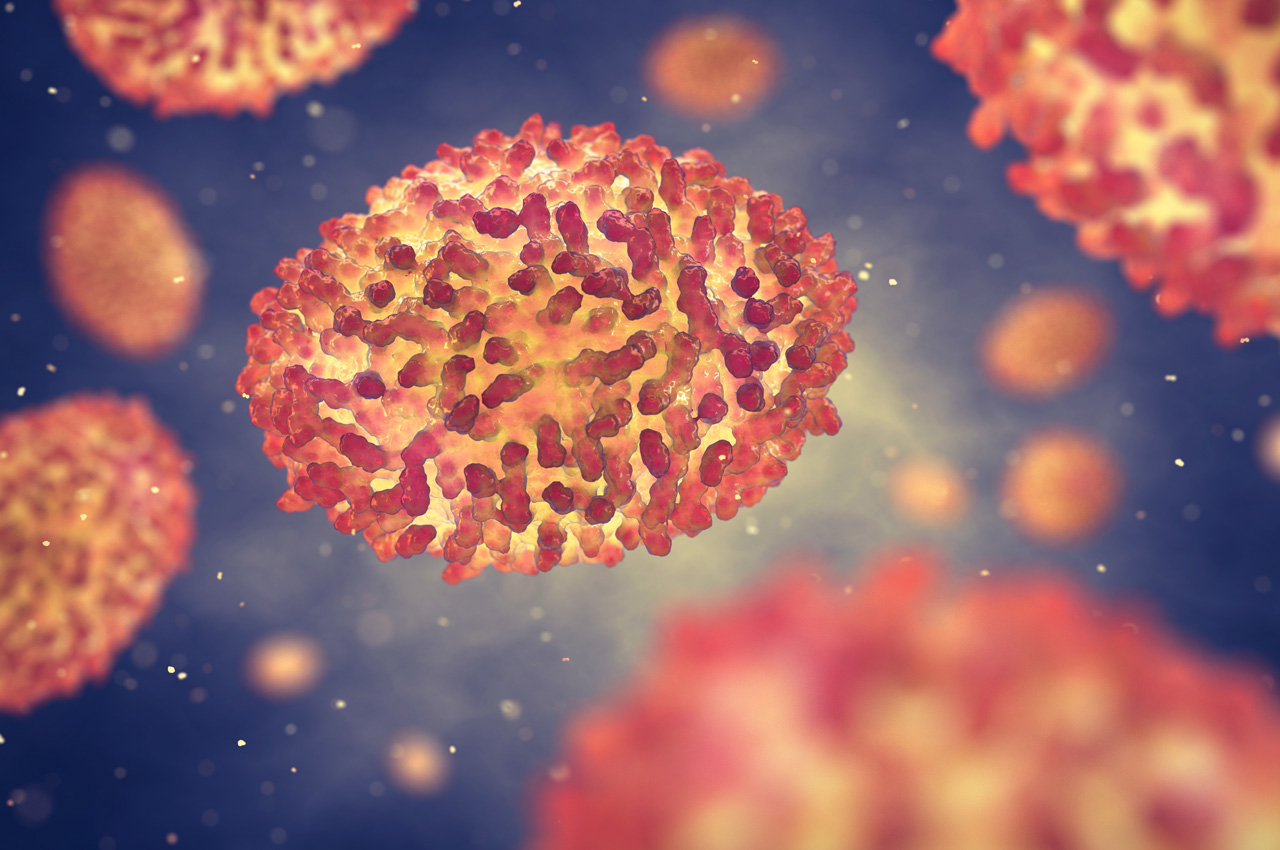Case of Monkeypox: update in Europe and monitoring in France
Health authorities in the United Kingdom have notified 9 confirmed cases of Monkeypox in people who have not traveled to an area usually at risk (Central or West Africa) and do not report a link with people who have traveled to these areas. These cases therefore acquired their infection on British national territory. The virological analyzes of these 9 cases reveal a Monkeypox virus belonging to the West African viral clade. The first three cases were diagnosed on May 13, 2022, in a baby and his parents. The 6 other cases, diagnosed later, have no epidemiological link with the first two cases.
In addition, Portugal notified, on May 13, 2022, 5 confirmed cases infected with the Monkeypox virus, and 15 additional suspected cases are under investigation. These 20 cases concern men, mostly young.
To date, these cases have occurred mainly, but not exclusively, in men who have sex with men (MSM), with no direct links to people returning from endemic areas.
In the usual absence of Monkeypox in Europe and of a link reported by the cases identified with a risk zone, the current European context constitutes an alert and suggests contamination in Europe. This is why, in France, the long-term monitoring of Monkeypox by the mandatory reporting system is reinforced and information and alert messages are sent to health professionals.. Exchanges are also continuing with other European countries, the WHO and the ECDC.
What is Monkeypox?
Monkeypox is an infectious disease caused by an othopoxvirus. This zoonotic disease is usually transmitted to humans in forest areas of Central and West Africa by wild rodents or primates, but human-to-human transmission is also possible, particularly within the family home or in the care setting.
How is it transmitted?
The monkeypox virus can be transmitted by direct contact with skin lesions or mucous membranes of a sick person, as well as by droplets (saliva, sneezing, sputters, etc.). You can also become contaminated through contact with the patient’s environment (bedding, clothes, dishes, bath linen, etc.). It is therefore important that the patients observe isolation throughout the duration of the disease (until the disappearance of the last scabs, most often 3 weeks).
In Central or West Africa, humans can also become infected through contact with animals, wild or in captivity, dead or alive, such as rodents or monkeys.
MKP virus infection is not known as an STI, but direct contact with damaged skin during sexual intercourse facilitates transmission.
What are the symptoms ?
Monkeypox virus infection begins with a fever, often high and accompanied by headaches, body aches and fatigue. After about 2 days, a blistering rash appears, made up of fluid-filled blisters that progress to drying out, scab formation and then scarring. Itching is common. The bubbles are more concentrated on the face, the palms of the hands and the soles of the feet. The mucous membranes are also affected, in the mouth and the genital area. The lymph nodes are swollen and painful, under the jaw and in the neck.
The incubation of the disease can range from 5 to 21 days. The fever phase lasts about 1 to 3 days. The disease usually heals spontaneously, after two to three weeks.
Is monkeypox serious?
The disease is more severe in children and in immunocompromised people. It can be complicated by superinfection of the skin lesions or by respiratory, digestive or ophthalmological or neurological disorders.
At this stage, the cases reported in Europe are mostly mild, and there are no reported deaths.
–


